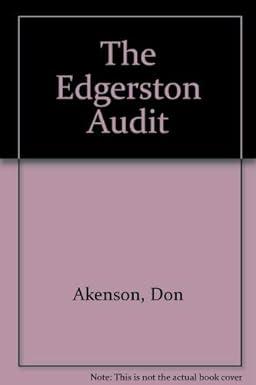Question
Comprehensive The shareholders' equity section of Superior Corporation's balance sheet as of December 31, 2012, is as follows: Shareholders Equity Preferred stock, $100 par value;
Comprehensive The shareholders' equity section of Superior Corporation's balance sheet as of December 31, 2012, is as follows: Shareholders Equity Preferred stock, $100 par value; authorized, 150,000 shares; issued, 15,000 shares $1,500,000 Common stock, $5 par value; authorized, 1,000,000 shares; issued, 200,000 shares 1,000,000 Paid-in capital in excess of parpreferred 75,000 Paid-in capital in excess of parcommon 425,000 Retained earnings 3,000,000 $6,000,000 The following events occurred during 2013: Jan. 5 10,000 shares of authorized and unissued common stock were sold for $10 per share. Jan. 16 10,000 shares of authorized and unissued preferred stock were sold for $108 per share. April 1 80,000 shares of common stock were repurchased for the treasury at a price of $15 per share. Superior uses the cost method to account for treasury stock. Sept. 1 4,000 shares of preferred stock are issued in exchange for a piece of land. The land has an appraised value of $439,000. The preferred stock currently trades on the New York Stock exchange at a price of $108 per share. Dec. 1 30,000 shares of treasury stock are reissued at a price of $20 per share Required: Hide 1. Prepare journal entries for each of the above transactions. For a compound transaction, if an amount box does not require an entry, leave it blank. Jan. 5 Cash 100,000 Common Stock 50,000 Additional Paid-in Capital on Common Stock 50,000 Jan. 16 Cash 1,080,000 Preferred Stock 1,000,000 Additional Paid-in Capital on Preferred Stock 80,000 April 1 Treasury Stock 1,200,000 Cash 1,200,000 Sept. 1 Land 432,000 Preferred Stock 400,000 Additional Paid-in Capital on Preferred Stock 32,000 Dec. 1 Cash 600,000 Treasury Stock 450,000 Additional Paid-in Capital on Treasury Stock 150,000 Hide Feedback Correct Check My Work Feedback When a company issues common (or preferred) stock for cash, you should record the total par value (Number of Shares x Par Value per Share) in the Common (or Preferred) Stock account, with any excess recorded as Additional Paid-in Capital. Under the cost method, when the corporation reacquires its capital stock you should debit an account entitled Treasury Stock (and credit Cash or other appropriate asset accounts) for the cost paid to reacquire the shares. When the corporation reissues the treasury shares, you should reduce (credit) the Treasury Stock account for the cost of the shares reissued and record the difference between the cash received and the cost of the reissued shares as an adjustment of shareholders' equity. If the cash received exceeds the cost of the reissued treasury stock, you should record the excess as an increase in additional paid-in capital from treasury stock. If the cash is less than the cost, you should record the "deficit" as a reduction of additional paid-in capital from treasury stock. If the additional paid-in capital from treasury stock is insufficient to absorb the deficit, you should record the remainder as a reduction in retained earnings. If a company issues capital stock for services or assets other than cash, you should record the transaction at the fair value of the stock issued or the noncash consideration received, whichever is more representationally faithful. 2. Calculate the number of authorized, issued, and outstanding common shares as of December 31, 2013. Authorized common shares: 1,000,000 shares Issued shares: 210,000 shares Outstanding shares: 160,000 shares Hide Feedback Correct Check My Work Feedback Authorized capital stock is the number of shares of capital stock (both preferred and common) that a corporation may issue as stated in its corporate charter. Issued capital stock is the number of shares of capital stock that a corporation has issued to its shareholders as of a specific date. Outstanding capital stock is the number of shares of capital stock that a corporation has issued to shareholders and that are still being held by shareholders as of a specific date. 3. Calculate Superior's legal capital at December 31, 2013.
Step by Step Solution
There are 3 Steps involved in it
Step: 1

Get Instant Access to Expert-Tailored Solutions
See step-by-step solutions with expert insights and AI powered tools for academic success
Step: 2

Step: 3

Ace Your Homework with AI
Get the answers you need in no time with our AI-driven, step-by-step assistance
Get Started


